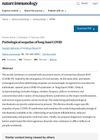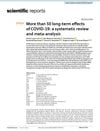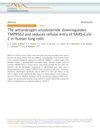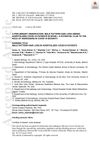Trend and Co-occurrence Network of COVID-19 Symptoms From Large-Scale Social Media Data: Infoveillance Study
February 2023
in “
JMIR. Journal of medical internet research/Journal of medical internet research
”
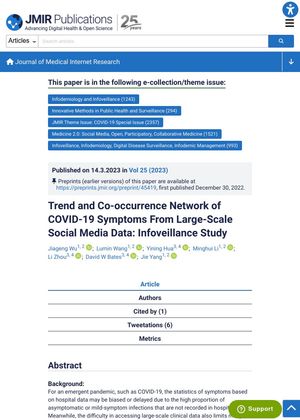
TLDR Social media data can help track COVID-19 symptoms and predict the pandemic's status.
The study analyzed 471,553,966 COVID-19-related tweets from February 1, 2020, to April 30, 2022, identifying 201 symptoms grouped into 10 body systems. The frequency of symptoms changed as the pandemic progressed, with respiratory symptoms common initially, and systemic, musculoskeletal, and nervous symptoms increasing later. The study also found differences in symptoms between the Delta and Omicron periods. A significant correlation was found between the weekly quantity of self-reported symptoms and new COVID-19 infections (Pearson correlation coefficient=0.8528; P<.001). The top symptoms were cough (19.3%), fever (15.1%), and fatigue (14.6%). The study concluded that social media data can be useful for monitoring symptom patterns and predicting pandemic status, and can provide a more comprehensive picture of COVID-19 symptoms.
